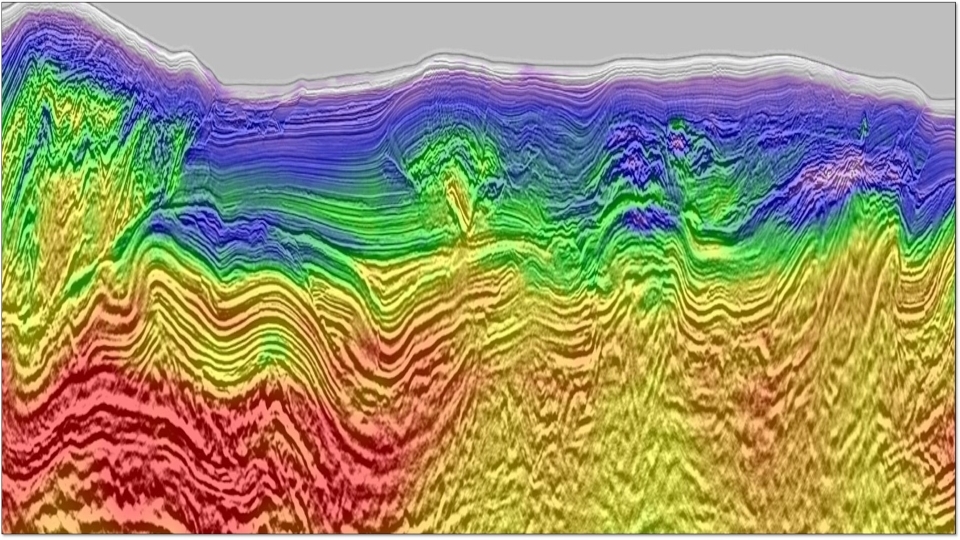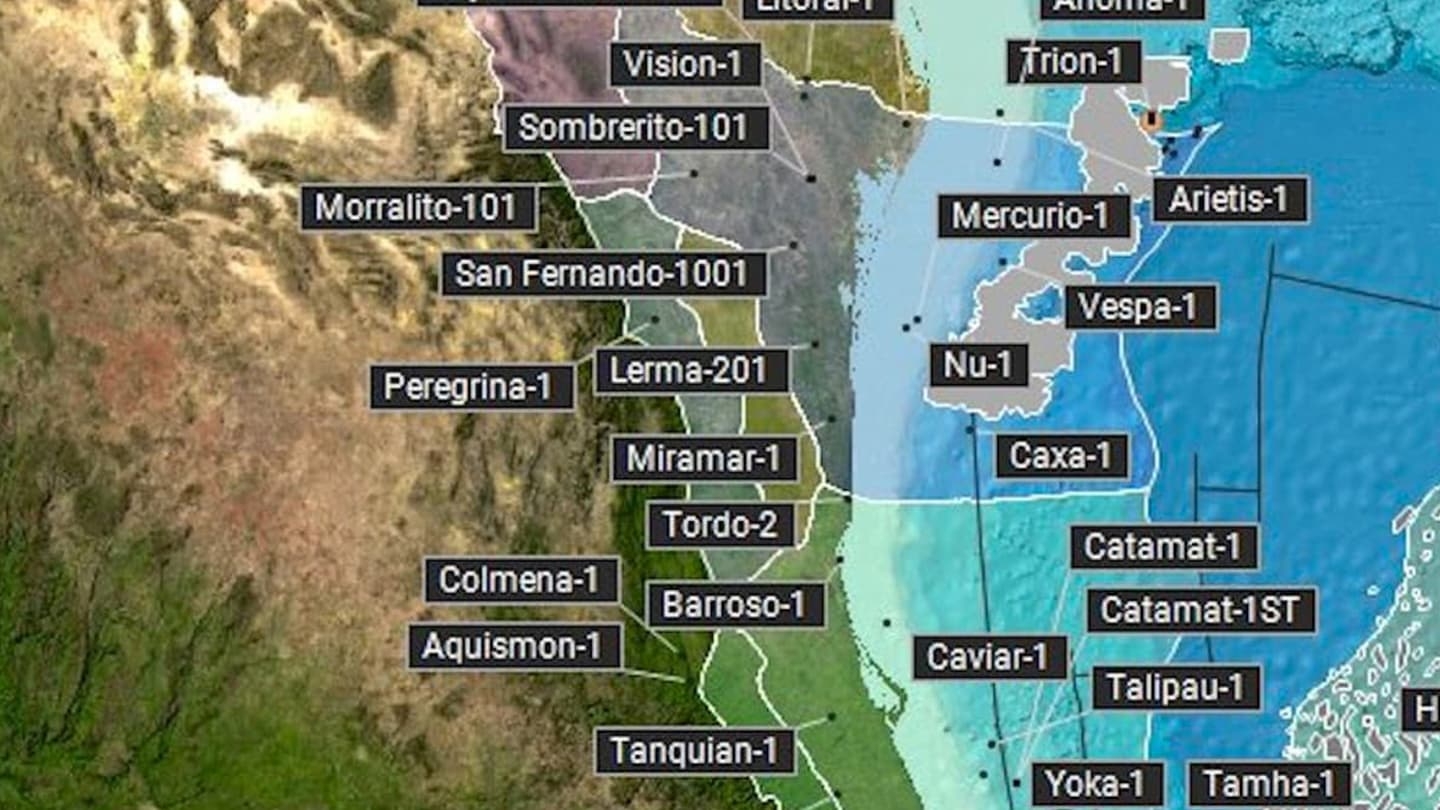Industry Article
Enhancing salt model resolution and subsalt imaging with elastic FWI
Back to Technical ContentFull-waveform inversion (FWI) has become the centerpiece of velocity model building (VMB) in seismic processing in recent years. It has proven to significantly improve the velocity model, and thus the migration image, for different acquisition types and different geologic settings, including very complex environments such as salt. With the advent of FWI Imaging, which shows remarkable uplifts over conventional imaging approaches because of the inherent least-squares data-fitting process and the utilization of full-wavefield data, FWI further extends its applications from VMB into imaging. However, FWI applications in the industry as of now prevalently employ the acoustic approximation. While the acoustic approximation can sufficiently explain a majority of the recorded seismic data, thus enabling acoustic FWI to derive reasonable velocity models, its limitation manifests itself around strong impedance contrasts where the elastic effect is strong. For example, at the salt-sediment interface, acoustic FWI (A-FWI) almost always leads to apparent salt halos in the resulting velocity models. With synthetic and field data examples, we demonstrate that the salt halo is mainly caused by the large data mismatch between the elastic input data and the acoustic modeled data in acoustic FWI, particularly at middle to long offsets. Therefore, we developed an elastic FWI (E-FWI) algorithm that combines an elastic modeling engine with the time-lag cost function, which we call elastic Time-lag FWI (E-TLFWI). With a more accurate modeling engine, E-TLFWI can significantly reduce the salt halo observed in its acoustic counterpart. Nevertheless, the migration images using the acoustic and elastic FWI velocity models remain similar overall, with some slight improvements around and beneath salt boundaries, particularly near steep salt flanks, as a result of the reduced salt halo. By contrast, FWI Images derived from E-TLFWI show considerable benefits over those from acoustic Time-lag FWI (A-TLFWI), such as improved event focusing, better structural continuity, and higher signal-to-noise ratio (S/N). The sharpened salt boundaries and enhanced quality of the FWI Images justify the value of elastic FWI.
Download Resource 
Publications
The Leading EdgeAuthors
Zhigang Zhang, Zedong Wu, Zhiyuan Wei, Jiawei Mei, Rongxin Huang, Ping Wang





